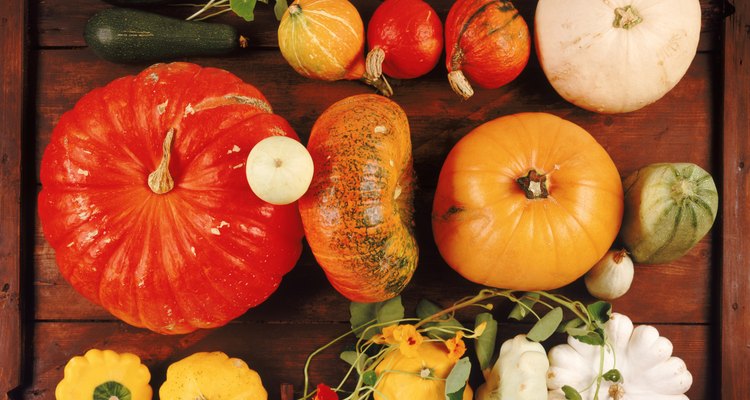
White squash, also known as pattypan or scallop squash, is a type of summer squash and a member of the cucurbit vegetable family, which also includes pumpkins. It is known amongst the other squashes for its distinctively small size, flying saucer shape, and mild flavor. In addition to the color white, pattypans can also be yellow or green. Most of the vitamins and mineral salts are contained in the peel. One cup of boiled, mashed pattypan contains 38 calories.
Plant Features
As in the case of other summer squash types, the North America native pattypan plant is between 1 and 3 feet in height. It is easy to take care of and grows in compact vines.The plant produces coarse green leaves and edible yellow flowers. Blooming season is from mid- to late summer and the early fall.
Growth and Harvest
White squash grows best in warm soil and requires full sun for optimal development. Soil should be well drained and highly fertile. Water the plant frequently to keep the soil constantly moist. Harvest the fruits when they are still immature and tender. Ideally, they should measure 3 to 4 inches or less in diameter. Cut the squash from the vine with a sharp knife or shears.
Diseases and Pests
If the plants become infected with the bacterium Erwinia tracheiphila or viruses, remove affected plants immediately. To prevent mildew or scab, water them early in the day to allow drying of the leaves as quickly as possible. Remove all weeds around the plant to promote air circulation. Striped cucumber beetles are a common pest. To avoid infestation, cover plants with a fine net and remove it once the flowers bloom.
Cooking
Like other summer squash types, pattypans can be cooked in a variety of ways, including boiling, grilling, sauteing, roasting and frying. If the fruits are tender enough, you can leave them whole, cut them in half or cube them depending on the dish. Since their taste is not as sweet as other squashes, they can be easily paired or combined with meats, cheese and different herbs. White squash casserole is a hearty Southern favorite.
Related Articles
How Do I Clean Water Cress?
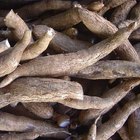
How to Cook Yucca Root
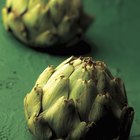
How to Parboil Artichokes
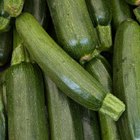
How to Clean Zucchini

How to Take Care of Raspberry Bushes
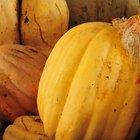
How to Store & Keep Zucchini and Squash ...
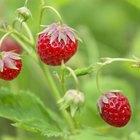
What Causes Strawberries to Mold?

The Meaning of a White Orchid

How to Tell When Okra Is Ripe
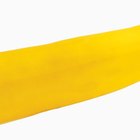
What Is Yellow Zucchini?

How to Prepare Parsnips
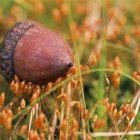
How to Grow an Oak Tree From an Acorn, ...
How to Boil Chayote

How to Dry Artichokes

How to Cook Buttercup Squash

Types of Greek Fruits & Vegetables
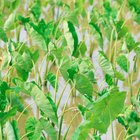
Types of Taro
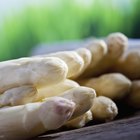
How to Roast White Asparagus
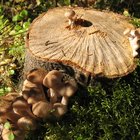
Mushrooms Found in Northern Michigan

Are Buckeyes & Chestnuts the Same?
References
- University of Illinois Extension: Summer Squash
- Cornell University Growing Guide: Summer Squash
- "How to Cook Everything"; Mark Bittman; 2008
Writer Bio
Damiana Chiavolini started writing in 2001. Her research and reviews have appeared in scientific journals, including "Infection and Immunity" and "Clinical Microbiology Reviews." Chiavolini holds a Ph.D. in biotechnology from the University of Siena, an M.S. in medical microbiology from the London School of Hygiene and Tropical Medicine, as well as a B.S. in biological sciences from the University of Leicester.
Photo Credits
John Foxx/Stockbyte/Getty Images